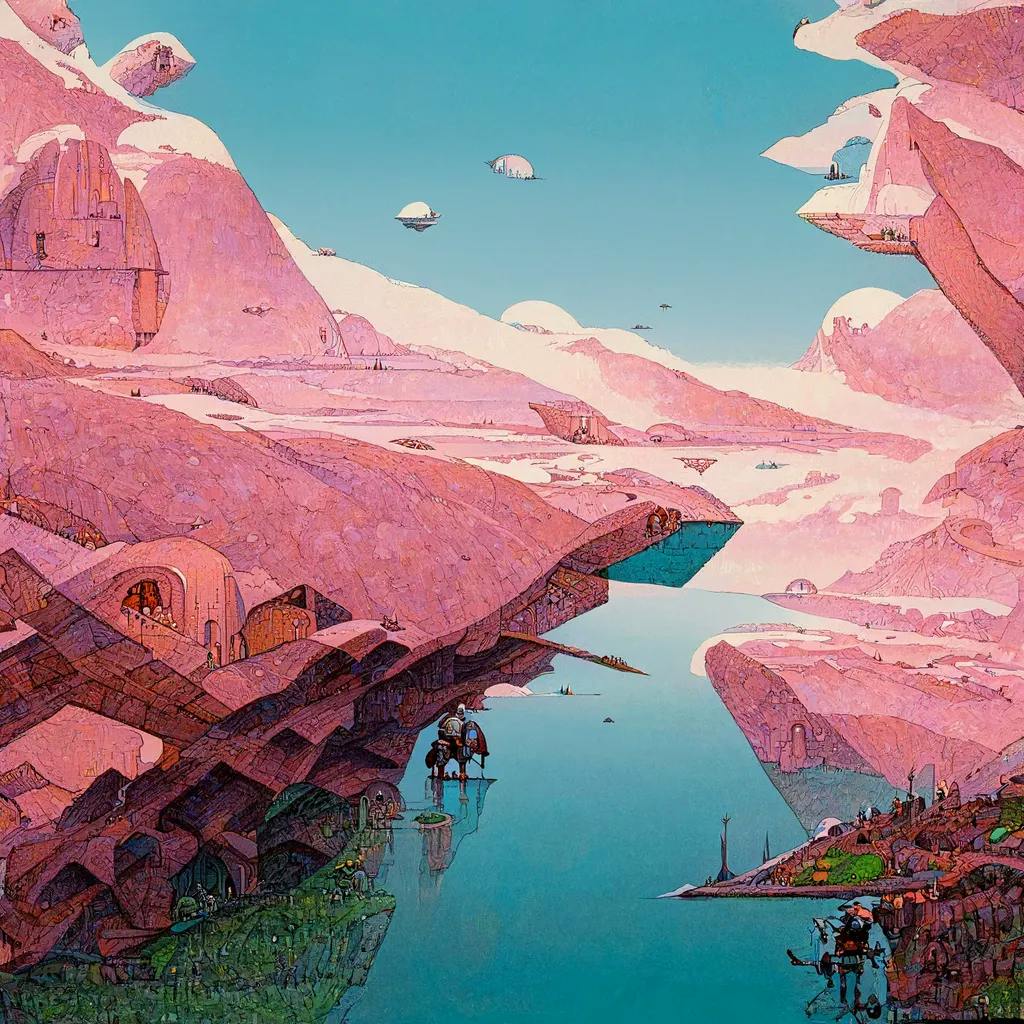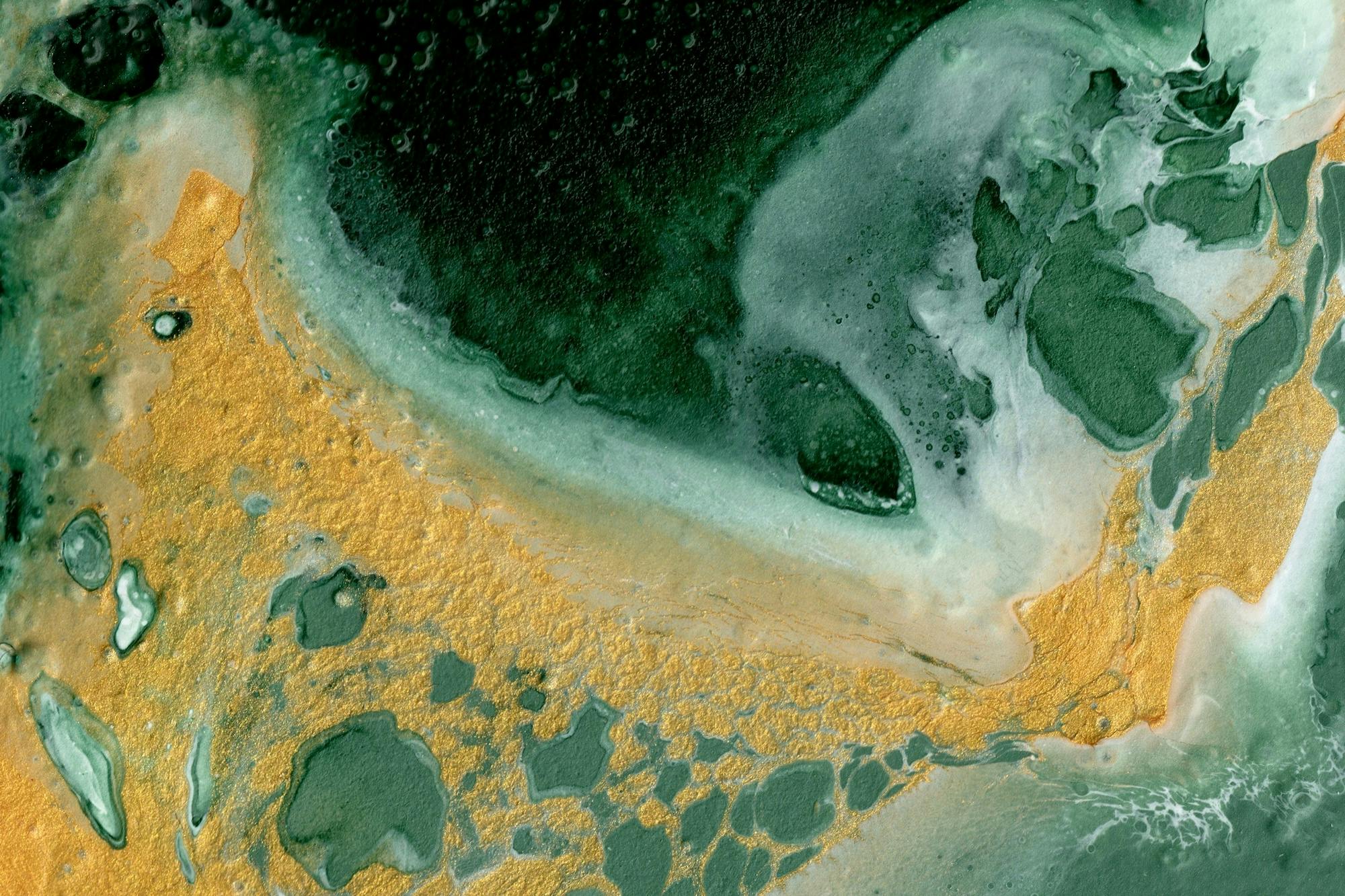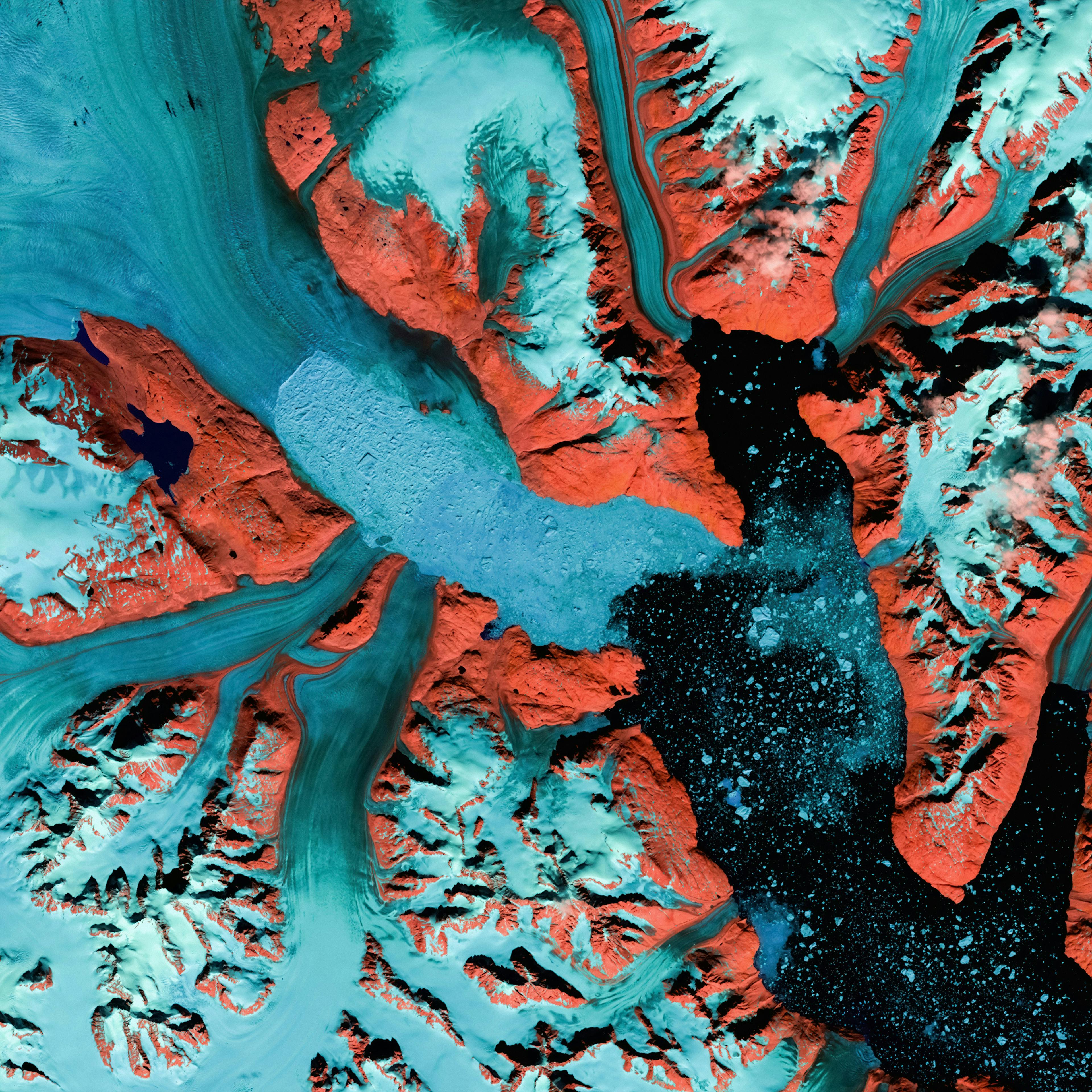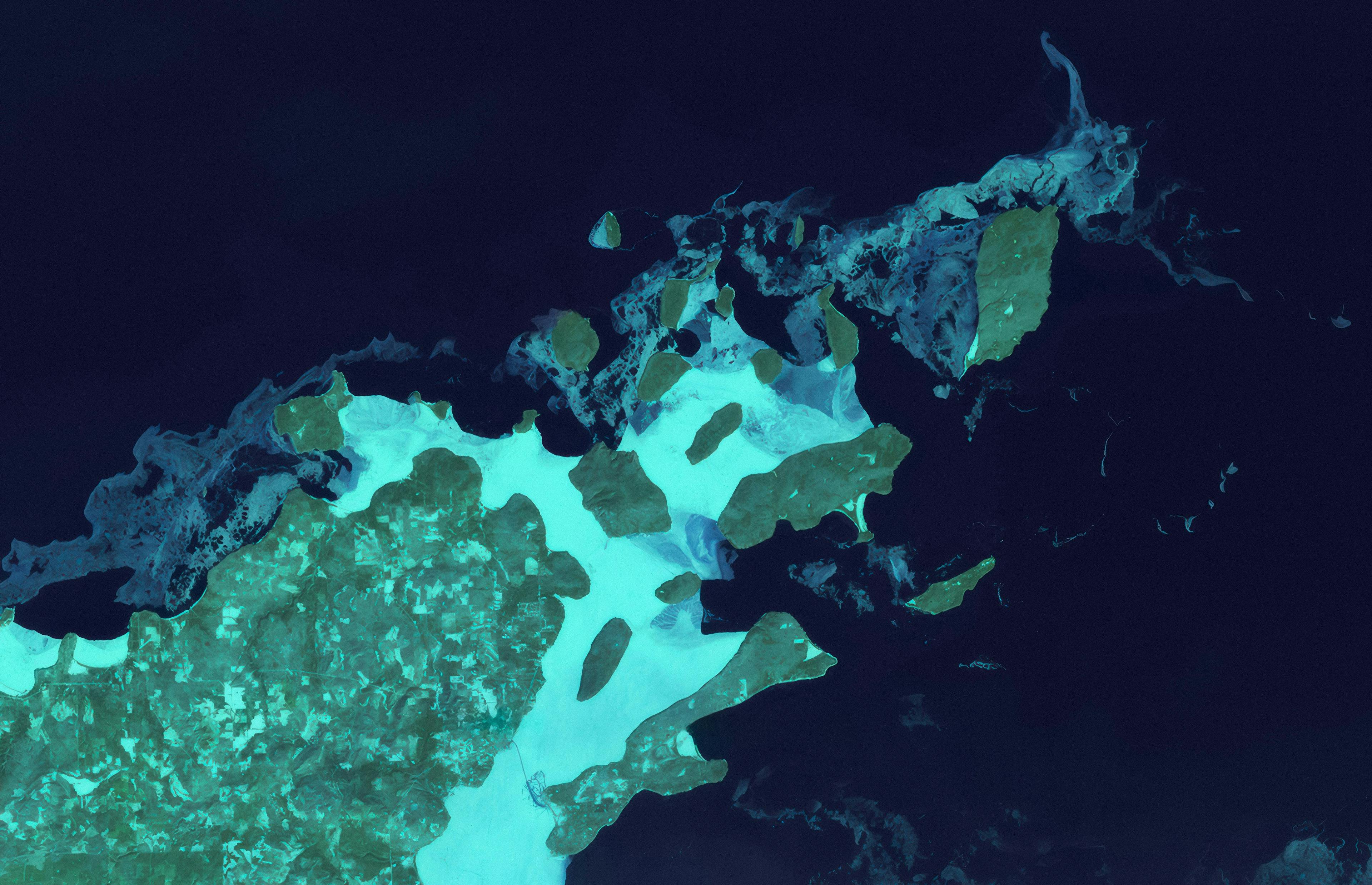
How is AI changing Art: a conversation with Huemin

In part 2 of the blockchain researcher Primavera De Filippi’s conversation with Huemin, the founder of Deforum, they explore why today’s generative artificial intelligence (AI) models makes us, without even realizing it, adhere to the aesthetic of early adopters.
Following that, the pair delve into the various mechanisms through which artists can escape these imposed aesthetics, moving away from the models’ promptable latent space to express themselves in their full artistic integrity.
Far from being a rejection of AI art, this quest to liberate artistic expression from the constrained latent space imposed by pre-trained models is precisely what art is all about: challenging boundaries, questioning norms, and pushing the limits of creativity to new and unforeseen horizons.
Just as the avant-garde movements of the early 20th century — particularly Dadaism, with its rejection of traditional aesthetic standards, and Fluxus, with its emphasis on experimentation and interactivity — AI artists challenge the notion of authorship and redefine what could be considered art in the digital age.
“I really miss those artifacts that made AI art so cool,” De Filippi confesses. “They’re all gone now, you really have to try hard to find glitches.”
De Filippi wonders how we can make AI unlearn what it has been taught so it can create things it has been trained not to — a concept related to the anti-AI movement that she addressed recently with the machine learning art engineer Apolinário Passos (aka Poli) while discussing an anti-AI art manifesto.
“In my opinion,” Huemin adds, “breaking the AI models and going where you’re not supposed to, messing with code, etc. is all part of what it means to be an AI artist!”
De Filippi remembers some of the discussions she had with fellow AI artists: “One concern that I hear a lot among people interested in exploring AI functionalities is the fear of homogenization. Because if we all use the same models, once an artist figures out an interesting spot in the latent space, everyone can easily get there too. So everybody will end up converging on the same area of representations.”
As an early figure in AI art, Huemin helps put this fear into context by explaining how models were trained at the beginning. “I think homogenization is a huge problem, but only a temporary one,” he explains. “In the first Stable Diffusion Discord where they were testing the model, they were also having people rate images to guide the aesthetics of future iterations of the model. And what happened is that a small group of people created this massive aesthetic vector, which ultimately led to where we are now.”
“So we are stuck in the aesthetics of the early adopters!” De Filippi says, echoing Huemin.
“Exactly! That is something that I’ve been very adamant about resisting. And eventually more and more people will get bored of these aesthetics too and will start looking for new interesting things elsewhere,” he replies.
De Filippi is curious about how artists will be able to go beyond those aesthetics: “Will it be from LoRAs, fine tuning, or training new models?”
“I think it’s going to be completely new models that have new ways of working, not just diffusion models,” Huemin explains. “AI companies like Stability AI are pushing us in the direction of homogenization with the upgrades of their models. For each iteration, they are looking at all of the generated images, identifying a subset of the latent space and training a new model that only incorporates points within that subset. So the promptable latent space is shrinking! They are able to run more efficiently but the reality is that they are just missing a lot of conceptual knowledge.
“And the only way we can break out is via the people who are actively trying to escape from the constraints of these models, using open-source tools and resources for training new models. If these people get sufficient attention, they might influence other artists to push in the same direction.”
De Filippi and Huemin go on to discuss the necessity for technical capabilities and compute resources in the quest of escaping predefined aesthetics in AI art.
“Is the only way for an artist to escape from the predefined aesthetics of generative-AI models to have both good technical capabilities and lots of compute resources?” De Filippi enquires.
But even once a new model has been created, how do we best navigate through it? This leads De Filippi to move on to the issue of protocolism and authorship.
“Is finding a mechanism that enables artists to travel in a particular manner in the latent space an artistic practice in itself?” De Filippi asks. “Thanks to their protocol, Huemin’s Deforum or Eden’s Real2Real, for instance, allow people to instantiate artworks that share a particular “fingerprint” that is recognizable as such, and therefore can reflect the essence of the protocol artist.”
Huemin realizes this question has given him an interesting idea to test out. “It’s hard to draw the line, but I would say both the protocol and the output are art in a sense,” he replies.
De Filippi elaborates: “For me, if I spend hours and hours training a model so that it will generate stuff that reflects the essence I was trying to inject into the model, the model itself has become the art — in the same way as a generative art algorithm is art. And then whoever is prompting is just adding randomness to it but the output is still part of my artworks. Another opinion, maybe more acceptable, is that the output is a co-authorship between the model trainer, the inference scripter, and the prompter.
“I feel we have a tendency to assign the title of AI artist to the last one in the chain — the prompter. But the prompter is often the one who does the least.”
“But how can you help present the model and the inference script as art?” Huemin asks. “That sounds really hard.”
“I don’t know,” De Filippi responds. “But it could be a nice opportunity for the art world, which is so dismayed about defining what AI art is, to consider the question!”
Shifting back to the first interrogations about what art is, the circle is now complete. The second part of the discussion between De Filippi and Huemin emphasizes the need to break free from preset aesthetics and encourages collaboration and innovation to expand the boundaries of creativity. By tackling these challenges, artists can unlock the full potential of generative AI and redefine the concept of art in the digital age.



